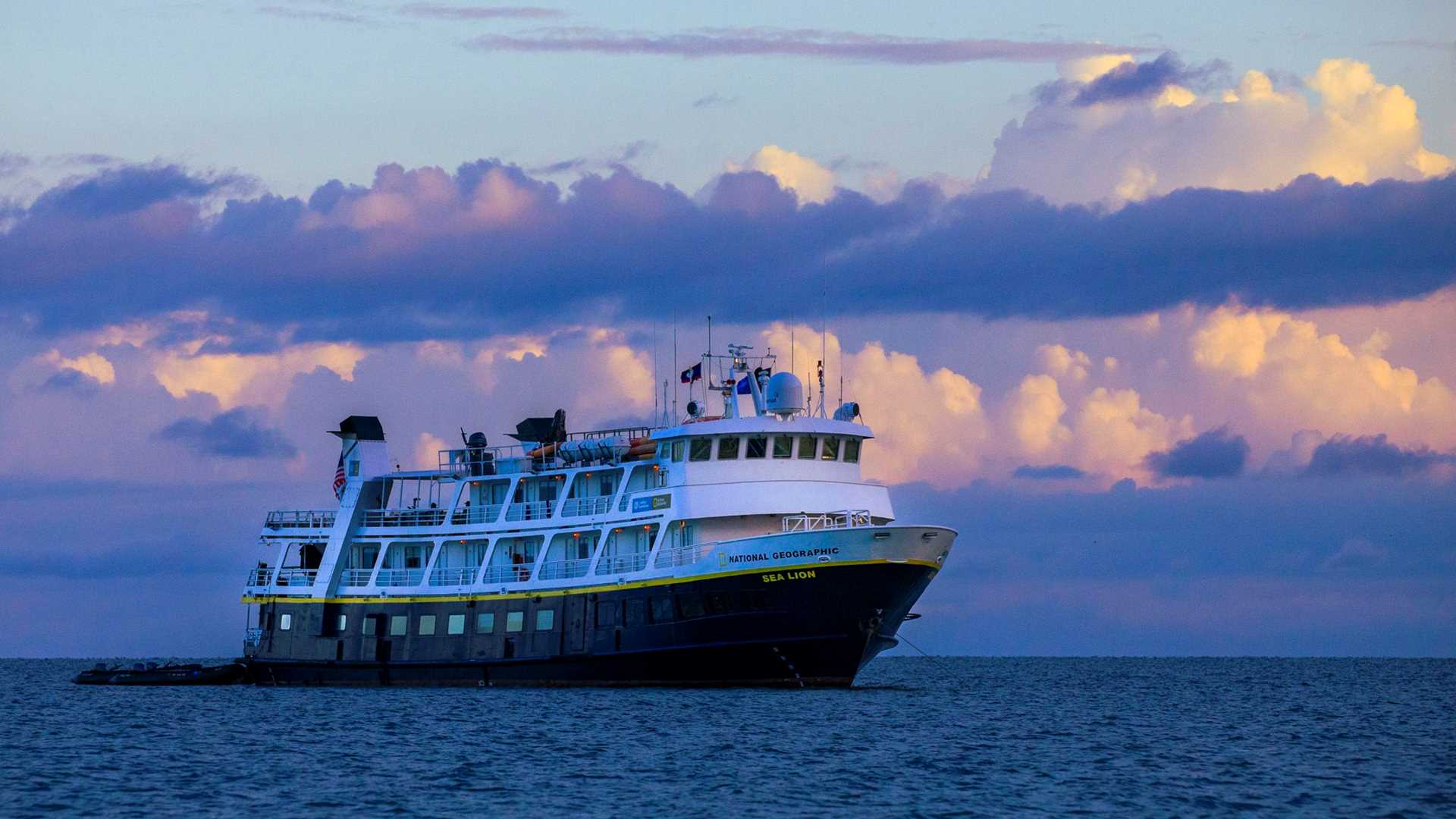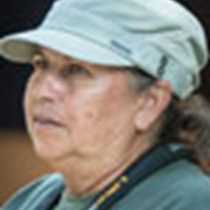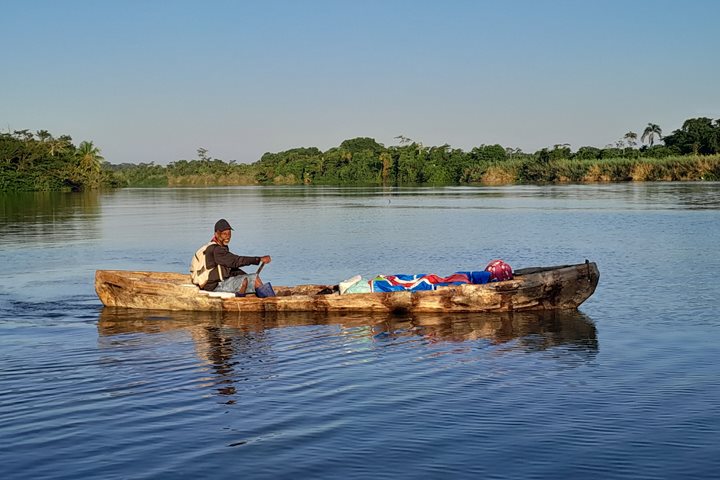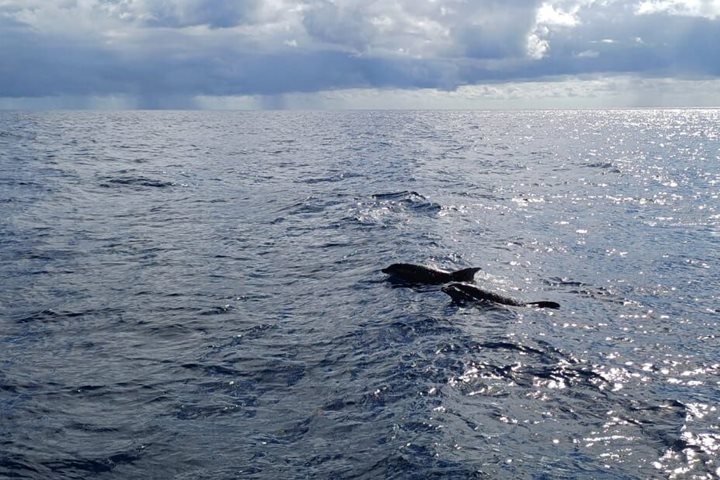Today, National Geographic Sea Lion arrived at the southern tip of the Belize Barrier at the Sapodilla Cayes Marine Reserve, one of Belize’s many Marine Protected Areas. In July of 2021, the Belize Government expanded the reserve to include the Corona Reef or Cayman Crown to the present size of 500 square miles. The guests rode Zodiacs to a sandy area where our splash divers eagerly awaited to lead our explorers through an underwater paradise, alive with stony and soft corals. Our destination was the reef surrounding Seal Caye, a tiny island that is literally the end of the Belize Barrier Reef. The elusive iridescent blue maya hamlet, indigo hamlet, brightly colored juvenile damselfish, and blue tangs are the tiny colorful jewels that call this pristine reef home, along with myriad other fishes too numerous to list. As the wind picked up, our snorkelers returned to the ship to continue our adventures in a more sheltered environment, along the coast.
In the afternoon, we traveled through the Sapodilla Cayes Marine Reserve and the Port Honduras Marine Reserve to the mouth of Payne’s Creek for our afternoon Zodiac exploration through the estuary and into mangrove creeks and lagoons. A sudden and hard downpour delayed our departure for a few minutes and as we departed the ship, a small pod of four bottlenose dolphins feeding was a great start to our adventure into the waterway.
Later, we were rewarded by sightings of white ibis, boat-billed herons and ospreys, birds that seek out this estuarine habitat. Payne’s Creek Marine Reserve is also home to many forms of wildlife that live in the wetlands, savanna and broadleaf forests that are found within the reserve.
Our day once again ended with a beautiful sunset and a wonderful presentation by Randy Jones, Belizean naturalist on the People of Belize.









